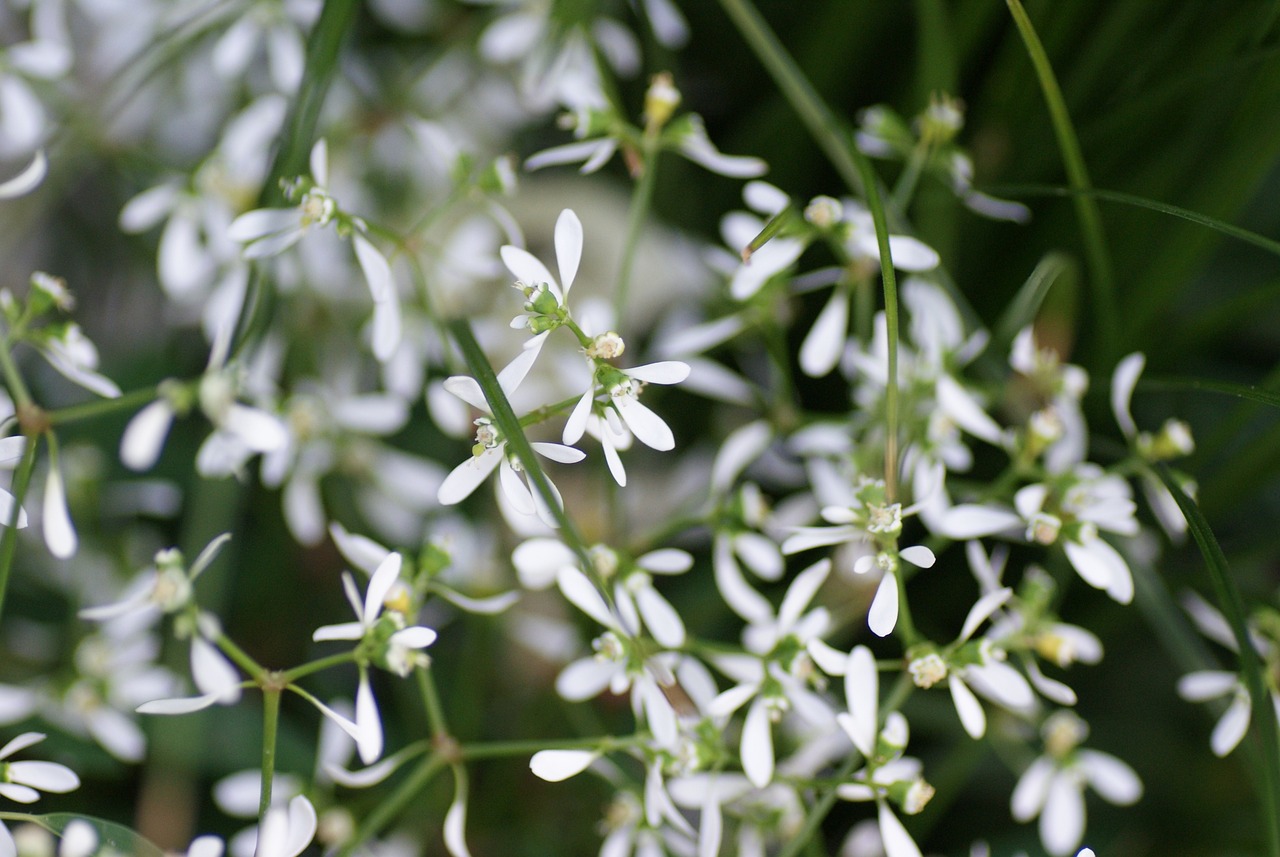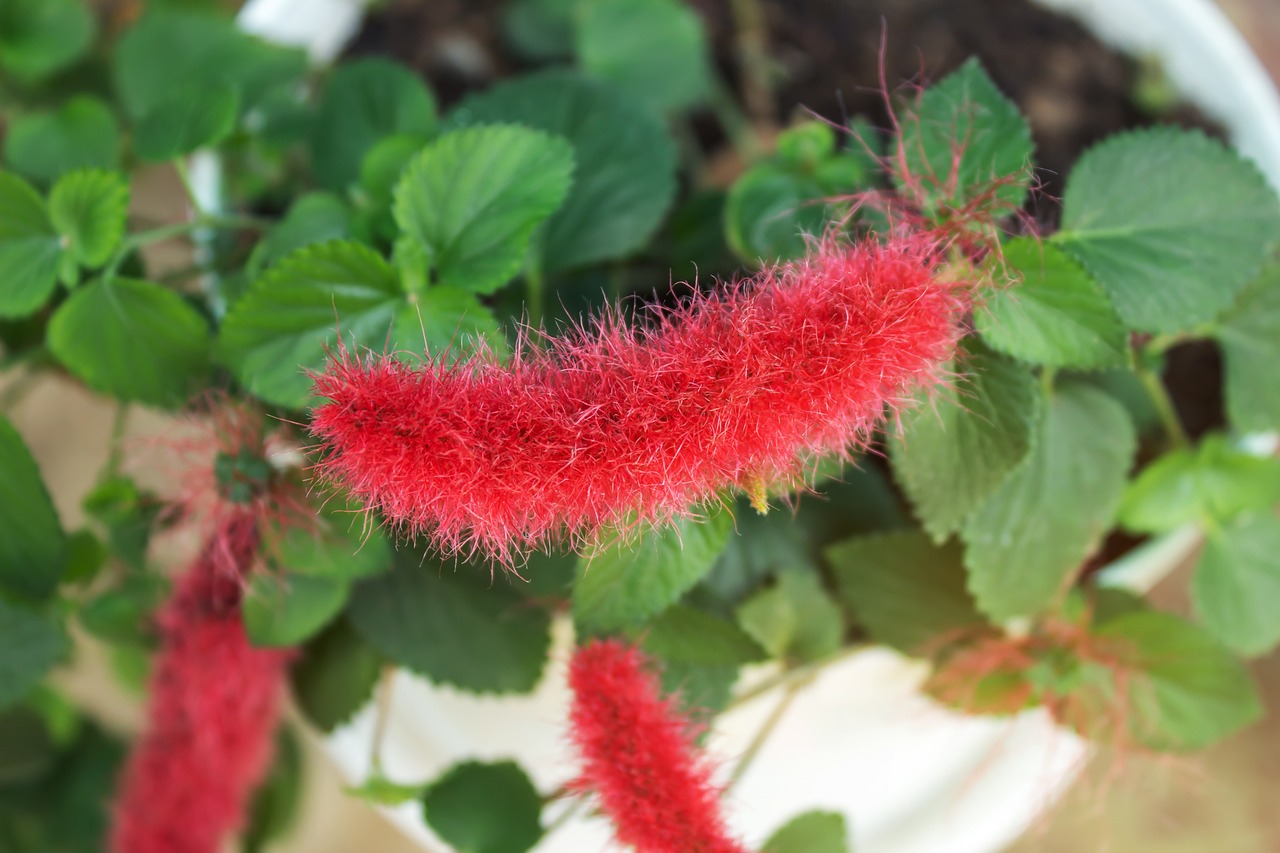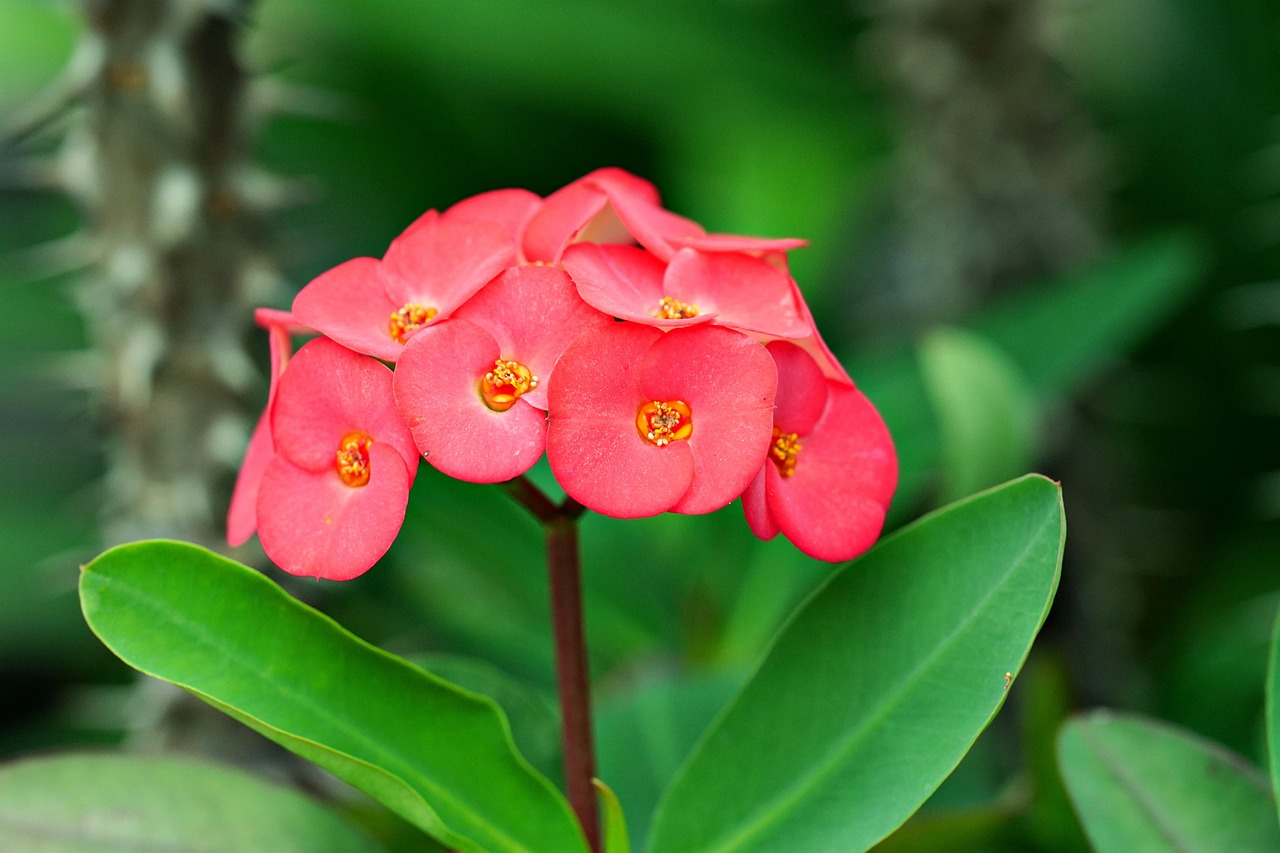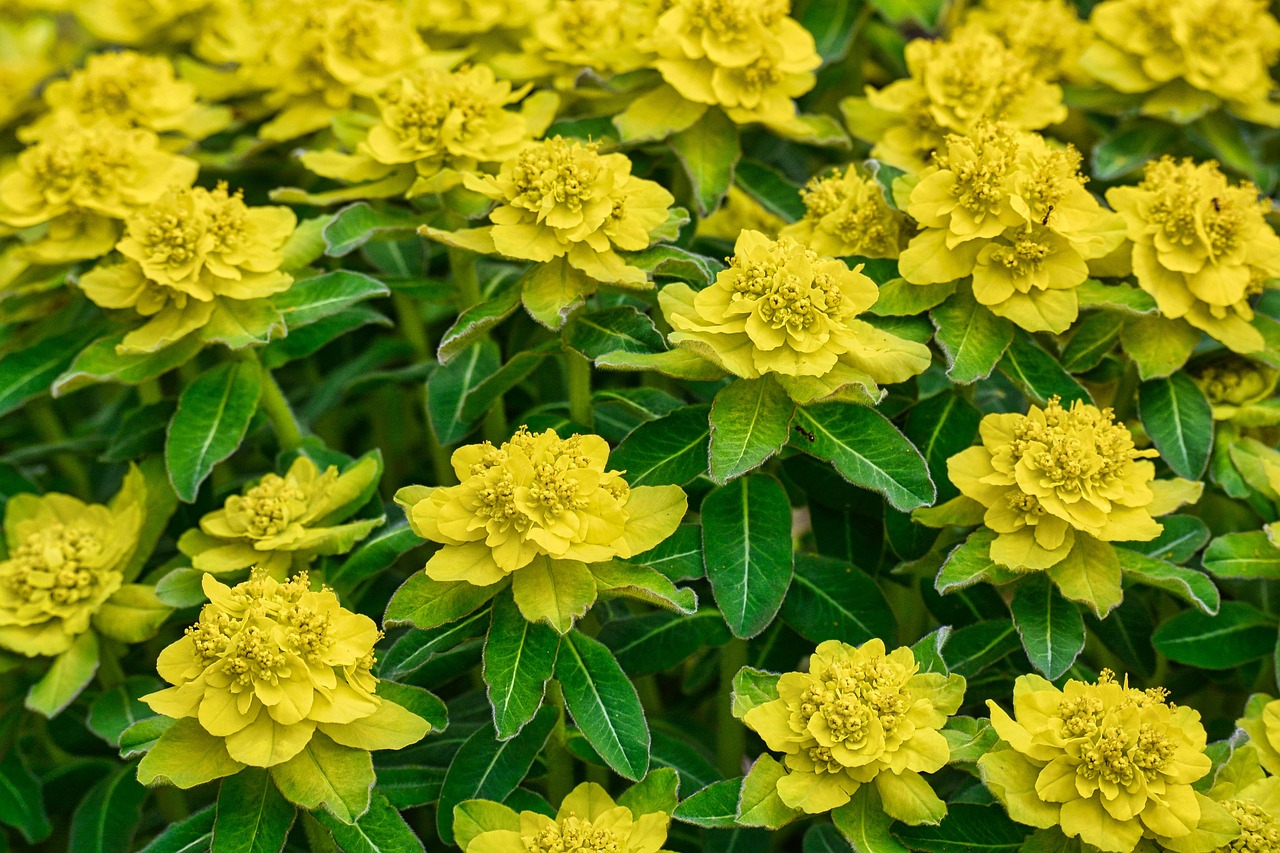Poinsettia: Features and Care
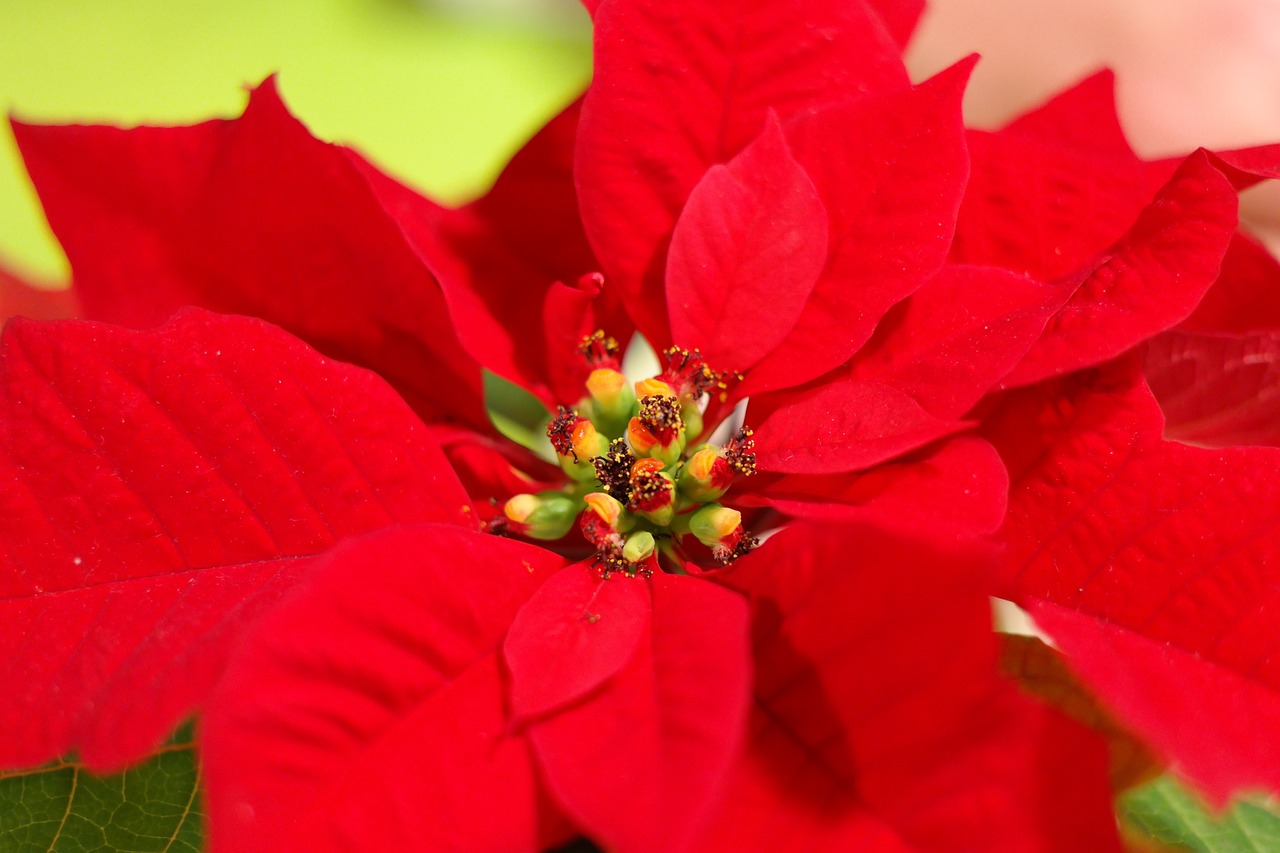
The poinsettia is a decorative plant known for its vibrant red, pink, or white bracts contrasted with its green leaves. Widely recognized as the “Christmas Flower,” it is a favorite for holiday decorations due to its striking appearance.
This article explores the poinsettia’s basic information, cultural and historical significance, and care tips.
Basic Information
- Scientific Name: Euphorbia pulcherrima
- Family: Euphorbiaceae
- Origin: Central America (Mexico)
- Appearance: The poinsettia is a shrub or small tree that grows 30 cm to 3 meters tall. Its bright red, pink, or white parts are not flowers but bracts (specialized leaves), with the actual flowers being the small yellow parts at the center.
- Blooming and Peak Season: Poinsettias begin to show their vibrant colors in autumn, with December being their prime season for display.
Cultural Significance Worldwide
In Mexico, poinsettias are called “Noche Buena” (Christmas Eve Flower) and are a symbol of the Christmas season. They are deeply rooted in local traditions and often associated with a story of giving and humility.
In the United States, poinsettias became a popular Christmas symbol in the 19th century and are now cherished worldwide as a decorative and gifting staple during the holiday season. In Japan, they are valued for their role in winter decorations, adding a festive atmosphere to homes and public spaces alike.
Historical Significance
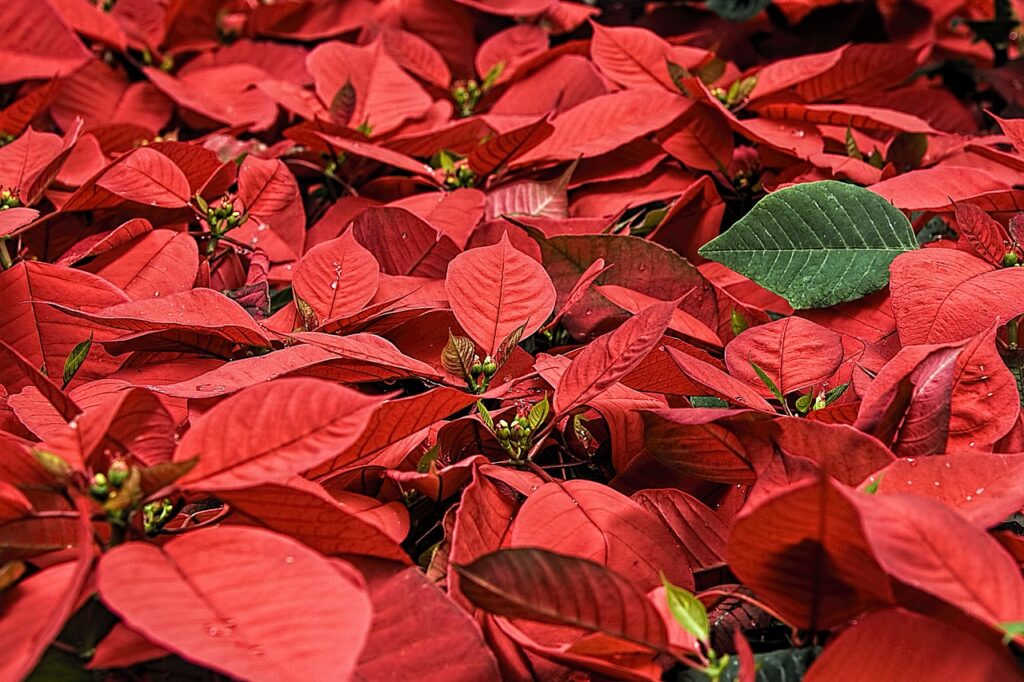
The name “poinsettia” honors Joel Roberts Poinsett, the first U.S. ambassador to Mexico, who introduced the plant to America in the early 19th century. He was captivated by its beauty and brought it back, leading to its widespread popularity.
A Mexican legend tells of a poor girl who had no gift to offer at a church on Christmas Eve. She gathered roadside weeds, which miraculously transformed into bright red poinsettias when placed on the altar. This story solidified the poinsettia’s status as a Christmas flower.
Gardening Advice
Proper care ensures that poinsettias retain their beauty throughout the season. Here are key tips for growing them:
Light
Poinsettias thrive in bright, indirect light. Avoid placing them in direct sunlight. A well-lit windowsill is ideal.
Watering
Water thoroughly when the topsoil feels dry, but avoid overwatering as it may cause root rot. Ensure no water collects in the saucer.
Soil
Use well-draining soil. Mixing perlite or pumice into standard potting soil works well.
Fertilizer
During the growing season, feed the plant every 2–3 weeks with a liquid fertilizer. Reduce feeding after the bracts begin to color in autumn.
Temperature
Maintain a temperature of 15–25°C (59–77°F). Poinsettias are sensitive to cold, so keep them in a warm, indoor space during winter.
Pruning
Prune in early spring to shape the plant and encourage new growth.
Dormancy Care
After winter, poinsettias enter dormancy. Reduce watering and fertilizer, and keep them in a bright, cool location until new growth appears.
Conclusion
Poinsettias are vibrant plants that brighten the winter season and are cherished as symbols of Christmas. They are easy to care for indoors, requiring bright, indirect light and moderate watering to maintain their colorful bracts.
Add a poinsettia to your decor and enjoy its charm throughout the holidays.

